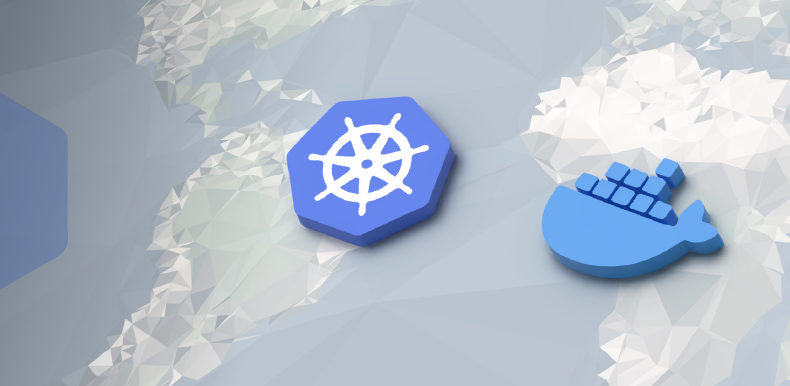Serverless computing has emerged as a compelling paradigm shift in software development. By abstracting away infrastructure management, it promises to revolutionize how applications are built, deployed, and scaled. But is it truly the silver bullet for every development challenge? Let’s delve into the pros and cons to help you make an informed decision.
The allure of serverless computing
Serverless computing offers a host of benefits that make it an attractive option for many organizations:
- Cost-effectiveness: Pay only for the exact computer time used, eliminating idle resource costs.
- Scalability and elasticity: Instantly scale resources up or down to handle fluctuating workloads.
- Increased developer productivity: Focus on writing code without managing infrastructure.
- Faster time-to-market: Accelerate development and deployment cycles.
- Reduced operational overhead: Offload server management and maintenance.
The challenges of serverless computing
While serverless computing presents many advantages, it’s essential to consider its potential drawbacks:
- Lock-in vendor: Tight coupling with a specific cloud provider can limit flexibility.
- Cold starts: Initial function invocations might experience latency due to resource provisioning.
- Debugging challenges: Troubleshooting issues can be more complex without traditional debugging tools.
- Limited control over runtime environment: Less control over the underlying infrastructure.
- Potential for higher costs: In certain scenarios, serverless can be more expensive than traditional approaches.
Making the right choice
Deciding whether to adopt serverless computing depends on your specific project requirements, constraints, and organizational goals. Consider the following factors:
- Workload characteristics: Evaluate the nature of your application, including traffic patterns and processing requirements.
- Cost analysis: Compare the potential cost savings of serverless against the risk of higher expenses.
- Team expertise: Assess your team’s familiarity with serverless concepts and tools.
- Vendor lock-in tolerance: Determine your willingness to be tied to a specific cloud provider.
- Performance requirements: Understand the impact of cold starts on your application’s user experience.
By considering the pros and cons, you can make an informed decision about whether serverless computing is the right fit for your project.
In conclusion, serverless computing offers significant advantages in terms of cost, scalability, and developer productivity. However, it’s essential to be aware of potential challenges such as vendor lock-in, cold starts, and debugging difficulties. By carefully considering your project’s specific needs and constraints, you can determine whether serverless is the optimal choice for your organization.










